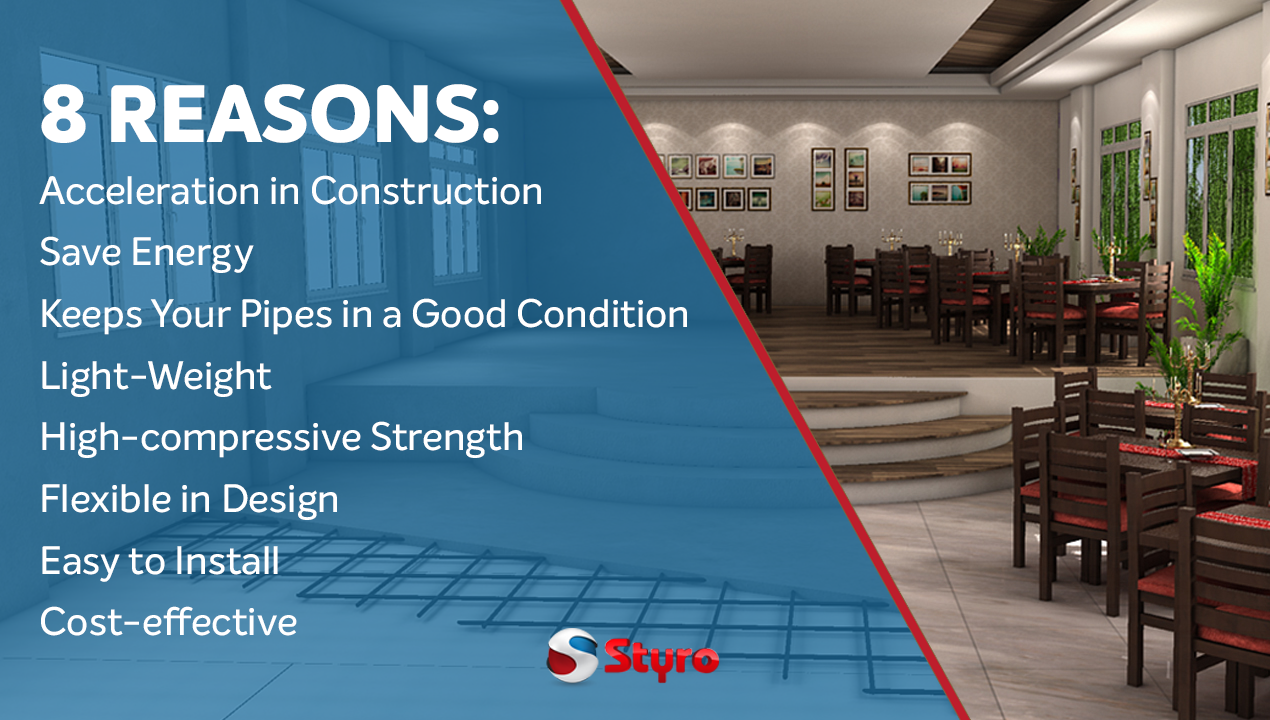Raised Floors: The Future of Modern Architecture

In today's dynamic business world, there is an immense need for versatile and flexible spaces that can be adapted to the changing needs of your organization. With innovative solutions such as raised floors, businesses can create spaces that are both functional and aesthetic, while also improving their bottom line. In this article, we will explore the benefits of raised floors and how they are changing the way we design buildings.
Raised floors are exactly what their name implies - floors that are elevated from the foundation of a building. They are typically constructed using a grid of pedestals and trays that create a void space beneath the floor, which can be used to house services such as cabling, wiring, and other utilities. Raised floors are a versatile solution for many different types of spaces, from offices to data centers and beyond.
One of the most significant benefits of raised floors is their flexibility. Because the void space beneath the floor can be used for a variety of purposes, changes to a building's layout can be made quickly and cost-effectively. This means that businesses can easily adapt to new technologies or changes in their industry without having to undergo costly renovations.
In addition to their flexibility, raised floors are also very durable and can withstand heavy loads. This makes them an ideal solution for data centers, where heavy equipment such as servers and storage arrays must be accommodated. Raised floors can also be customized with a wide range of finishes and materials, allowing businesses to create custom spaces that are both functional and attractive.
Raised floors also provide a number of environmental benefits. Due to the void space beneath the floor, air can circulate freely, which can help to reduce the amount of energy required for heating and cooling. This can result in significant cost savings for businesses, as well as a reduction in their carbon footprint.
Another key benefit of raised floors is their ability to prevent static electricity. This is particularly important in environments such as data centers or laboratories, where sensitive equipment can be adversely affected by static discharge. By providing a grounded platform for such environments, raised floors can help to protect equipment and prevent costly downtime.
In conclusion, raised floors are a versatile solution for businesses of all types and sizes. They offer flexibility, durability, and a range of environmental and safety benefits that make them an attractive choice for modern architecture. Whether you are designing a new office space, data center, or laboratory, raised floors are an innovation that can help to improve your bottom line and create a more efficient, functional, and aesthetic space.